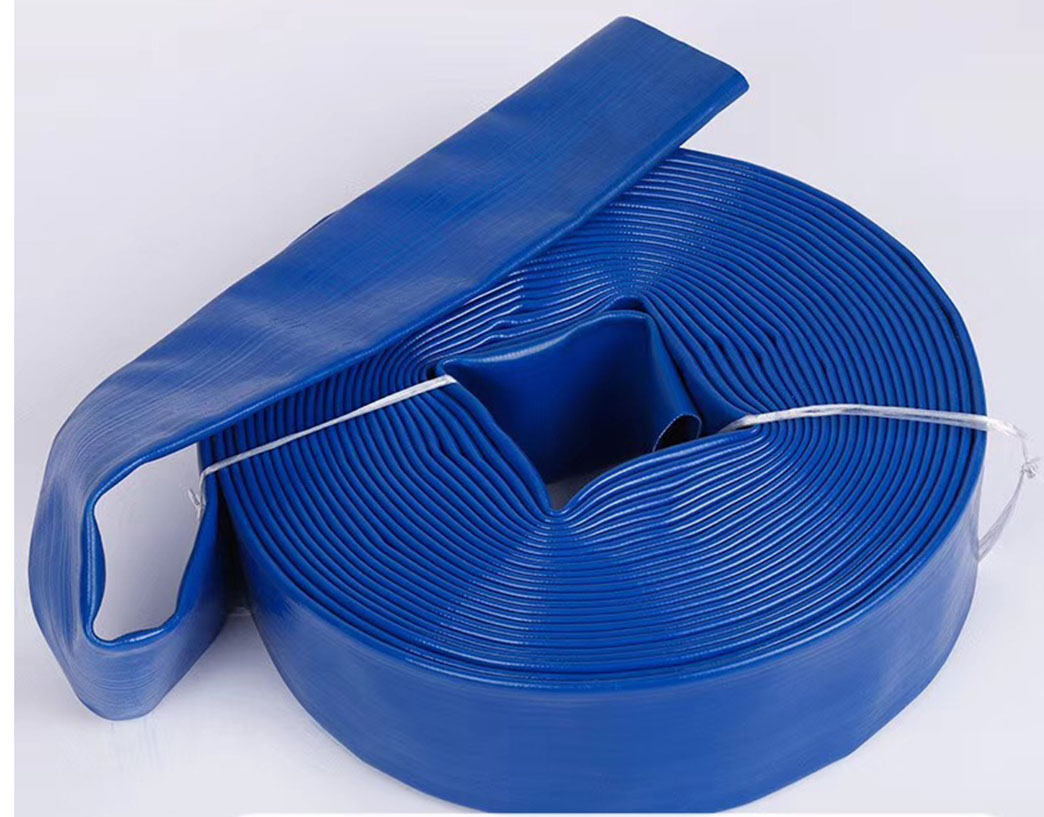pvc air hose vs rubber
PVC Air Hose vs. Rubber Air Hose A Comparative Analysis
When it comes to selecting the right air hose for your pneumatic applications, two popular choices often come to mind PVC (polyvinyl chloride) air hoses and rubber air hoses. Each has unique properties that make them suitable for different tasks. Understanding the differences, advantages, and disadvantages of these two types of hoses is essential for choosing the right one for your specific needs.
Material Composition
PVC air hoses are made from polyvinyl chloride, a synthetic plastic polymer commonly used for various applications. This type of hose is lightweight and flexible, making it an attractive option for many users. On the other hand, rubber air hoses are crafted from natural or synthetic rubber, offering excellent durability and resistance to environmental factors. The choice of material significantly influences the hose's performance, lifespan, and suitability for particular tasks.
Flexibility and Weight
One of the major benefits of PVC air hoses is their flexibility. They can easily bend and curve, allowing for easier maneuverability in tight spaces or around corners. Additionally, PVC hoses are generally lighter than rubber hoses, which makes them easier to transport and handle. This characteristic is particularly advantageous for do-it-yourselfers or professionals who frequently move from one job site to another.
In contrast, rubber air hoses, while heavier, tend to offer better dimensional stability. They can maintain their shape without kinking, even under pressure. This results in a hose that is less likely to get tangled or obstructed during use, making rubber hoses a preferred choice for heavy-duty applications.
Durability and Weather Resistance
pvc air hose vs rubber

When examining durability, rubber hoses typically outshine PVC hoses. Rubber is inherently resilient and can withstand extreme temperatures, abrasions, and UV exposure. This makes rubber air hoses ideal for outdoor or industrial environments where hoses are often exposed to the elements.
Conversely, PVC hoses may become brittle and crack when exposed to extremely cold temperatures, and prolonged exposure to sunlight can cause them to degrade more quickly than rubber. For indoor use in controlled environments, PVC hoses may still prove reliable, but for more rugged applications, rubber hoses are more dependable.
Cost and Usage
Cost is another vital factor. PVC air hoses are usually more affordable than their rubber counterparts, making them an attractive option for budget-conscious consumers. They are suitable for light to moderate applications, such as air compressors and nail guns, where high durability is not a primary concern.
Rubber hoses, while more expensive, are worth the investment for heavy-duty jobs or situations where performance is critical. They are often used in industrial settings, such as construction sites, where the hose must endure rigorous conditions.
Conclusion
Ultimately, the choice between a PVC air hose and a rubber air hose will depend on your specific needs and operational conditions. If you require a lightweight, flexible option for light-duty tasks, a PVC air hose may suffice. However, if you need a more robust solution capable of handling extreme conditions and offering long-term durability, investing in a rubber air hose is the way to go. Consider your tasks, budget, and the environment in which you’ll be working when making your decision.
-
Top Quality Oxy Acetylene Hoses for Sale Fit for Welding DemandsNewsJul.28,2025
-
The Future of Pneumatic Air Tubes in IndustryNewsJul.28,2025
-
Superior and Reliable LPG Hose Pipe Solutions for Every NeedNewsJul.28,2025
-
Exceptionally Durable and Versatile Premium Braided PVC TubingNewsJul.28,2025
-
Best Adapters for Connecting Garden Hose to PVC Pipe ConnectionsNewsJul.28,2025
-
The Essential Role of LPG Hoses in Safe and Efficient Gas DistributionNewsJul.16,2025














